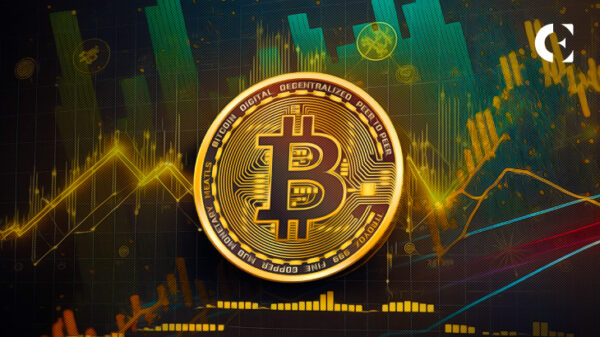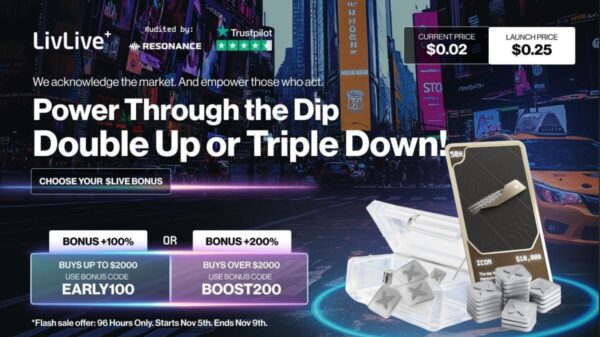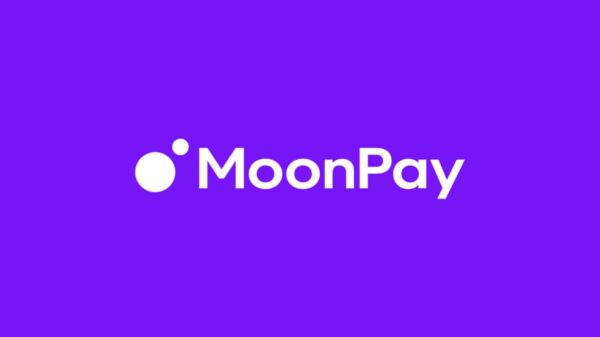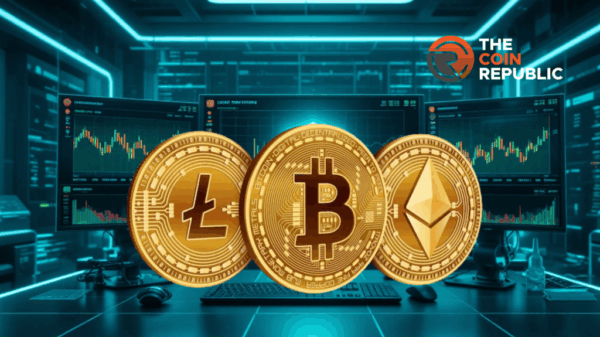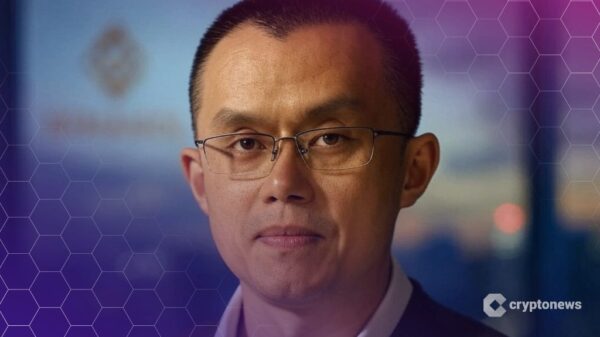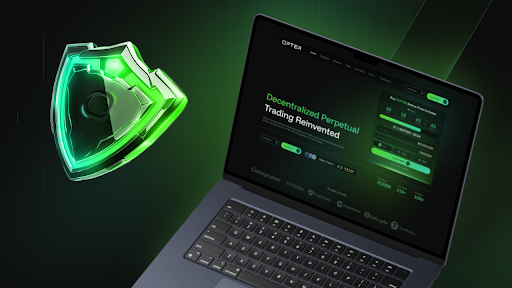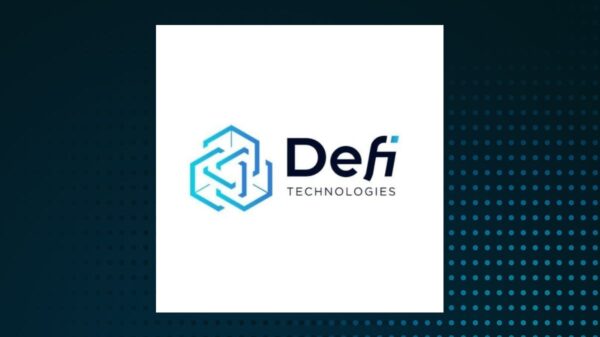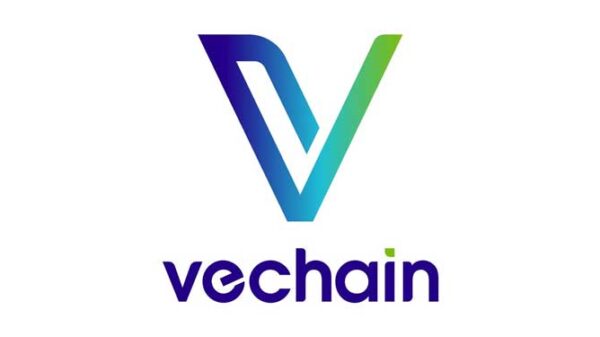In a recent discourse surrounding the utility of the XRP Ledger (XRPL), Ripple CTO David Schwartz addressed concerns raised by Matthew Sigel, Head of Digital Assets Research at VanEck. Sigel expressed uncertainty about the precise functions of the XRPL, suggesting that it may not serve a clear purpose in the digital asset landscape. Despite acknowledging the enthusiasm of XRPL defenders, his comments sparked a heated discussion among supporters who pointed to the ledger”s evolving significance.
Among the responses, user Lon Copper criticized Sigel for seemingly pretending to be confused for engagement”s sake. Copper referenced a notable partnership involving Ondo Finance and BlackRock, which underscores the relevance of the XRPL. Ondo Finance is currently in the process of tokenizing its OUSG fund, supported by BlackRock”s BUIDL fund. This initiative allows institutional investors to mint and redeem tokenized U.S. Treasuries using Ripple”s RLUSD stablecoin, optimizing liquidity and efficiency through the XRPL”s cost-effective and instantaneous settlement capabilities.
In light of these developments, Sigel acknowledged Schwartz”s explanation but questioned whether such advancements would yield tangible benefits for XRP holders. He stated that he had not observed mechanisms such as fee capture, revenue sharing, or any direct economic advantages tied to the token. Sigel remained open to revising his stance should credible evidence emerge.
Schwartz took the opportunity to clarify what he perceives as a fundamental misunderstanding regarding the XRPL”s design philosophy. He highlighted that while Sigel”s inquiries focused on the blockchain”s capabilities, the community has responded with concrete use cases demonstrating its value. Schwartz argued that Sigel”s skepticism seemed to pivot toward expectations of passive income, which he believes diverges from the original intent of blockchain technology.
In response to the question of who benefits financially if token holders do not, Schwartz explained that the XRPL operates as a public good. He emphasized that while XRP can be utilized for a variety of functions, including asset issuance, payments, and trading, neither Ripple nor XRP holders derive a “tax” from network activities. Instead, XRPL transaction fees are designed as anti-spam measures rather than revenue-generating tools.
Schwartz likened the XRPL to a more advanced version of Bitcoin, functioning without energy-intensive fees while incorporating additional features like decentralized exchanges (DEXs), stablecoins, and non-fungible tokens (NFTs). Ultimately, he asserted that while the XRPL facilitates real-world financial applications, its architecture prioritizes utility and public good functions over direct financial rewards for XRP holders.









